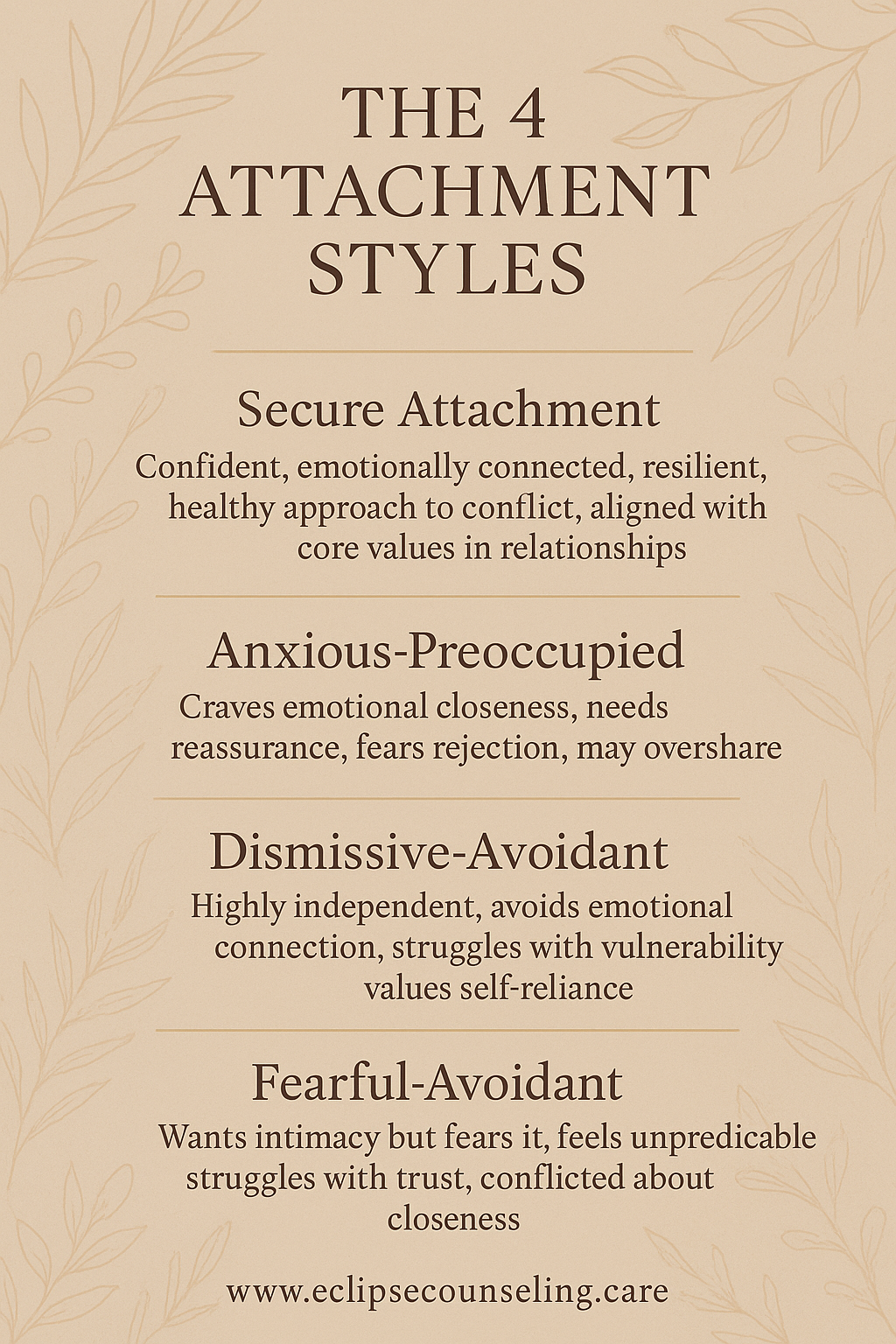The Importance of Vulnerability in Relationships (And Why It Feels So Scary)
You just finished your third date with someone and you can't wipe the smile off your face. You're dancing around your apartment to "Ordinary" by Alex Warren and the butterflies in your stomach are swirling around in the best way possible. You pull out your phone and open up the text thread to say something cute, but then stop. Doubt creeps in and you aren't sure how they'll respond, or worse, you start imagining rejection before it even happens. So you keep things light and send a selfie with a kiss emoji and "Thanks for tonight!" They heart-react the message and send a kiss emoji back and relief washes over you.
What if I told you this scenario is a yellow flag? A sign that your own insecurities are robbing you of a deeper meaningful connection and keeping the other person from experiencing your authentic self? Let that simmer for a moment.
What Vulnerability Actually Means
Vulnerability, as researcher Brené Brown defines it in her widely-watched TED talk, is "uncertainty, risk, and emotional exposure." We open ourselves up and share the most intimate parts, hoping that in doing so we can create an opportunity to build or deepen connection, even when we know the possibility of being judged or rejected.
Brené explains that vulnerability is not weakness, rather, it's our most accurate measure of courage. There are two barriers that can cut off access to vulnerability for most people: our own limiting beliefs and feeling unsafe. Brené suggests we navigate these roadblocks by asking the following questions:
Are we willing to show up and be seen when we can't control the outcome?
Are we willing to create courageous spaces so we can be fully seen?
It makes sense that vulnerability is scary. Maybe no one modeled that growing up. Maybe when you tried to share your feelings in the past you were met with minimization or deflection, so you retreated inward, determining it's easier to just exist alone than to put yourself out there and have someone convince you that your own emotions are wrong. Maybe you are still holding on to that hurt and it makes it hard for you to sit with the hurt other people try to share with you.
How Your Attachment Style Shapes Your Vulnerability
Attachment theory explains some of these relationship patterns and why connection can feel so impossible. There are two categories of attachment theory: secure and insecure attachment.
Secure Attachment shows up as confident, reciprocal, non-reactive, and resilient. These people know themselves and can move through the world aligned with their values, able to engage in healthy conflict, and know that they will truly be okay no matter what happens, even when things hurt. When it comes to vulnerability, securely attached individuals can share openly without overwhelming fear of rejection and can receive others' vulnerability without feeling the need to fix or flee.
Now, there are three types of insecure attachment styles, and each one has a different relationship with vulnerability:
Anxious-Preoccupied folks are starving for emotional connection, often prioritize their partner's needs, frequently look for reassurance, and can be seen as "needy" or "demanding." With vulnerability, they tend to overshare too quickly or use emotional intensity to try to create closeness, but often end up pushing people away instead.
Dismissive-Avoidant people are very uncomfortable with deep levels of intimacy; they often suppress their emotional needs, show up as very independent, and may quickly end relationships when things get serious. They struggle with vulnerability because opening up feels threatening to their sense of self-reliance, so they tend to minimize emotions (both their own and others') and avoid deeper conversations altogether.
Fearful-Avoidant (also known as disorganized) types are a combo of the previous two, where they fear AND crave intimacy, struggle with emotional regulation, engage in chaotic relationship patterns, and often seem unpredictable. Their relationship with vulnerability is equally chaotic—they desperately want to be seen and known, but when someone gets too close, they panic and sabotage the connection.
Knowing you and/or your partner's attachment style can help give insight into what barriers might be impacting your relationship's level of vulnerability.
Why We Rescue Instead of Just Being Present
Have you ever opened up to someone about something deep and painful, like skeletons in your closet kind of personal lore, and they responded with "Well, have you tried..." or "At least you..." Perhaps, you have been the one to dish out these unappetizing phrases. If so, you aren't alone. I see this a lot with people who aren't ready to sit with the vulnerability needed in these darker moments.
You see, these phrases are an attempt to bring levity, to help bring the conversation up for air, and in doing so, they miss the connection point entirely. Think of it this way: to sit with your pain, I have to be willing to be deeply familiar with mine; otherwise, I am sitting with the unknown, and that seems scary.
People engage in rescuing behaviors or offer solutions because they don't like how the other person's pain makes them feel, and turn it into their problem to solve, which promotes shame, feelings of being criticized or judged, and depletes the emotional bank account. This is why connecting with others starts with connecting with yourself.
Learning to Sit With Discomfort
Sitting with discomfort requires courageous curiosity. What do I mean by that? We have to stray far away from criticism and judgment, stop ourselves from taking things personally, and radically accept that these feelings are messengers with important news to be delivered. Don't you want to know what the message is?
Here are some courageous questions you can ask yourself:
What do I fear their reaction will be? Where did I learn that was unsafe?
What is keeping me from feeling this emotion with them? What part of myself am I unwilling to connect with?
Can I think of a time I felt what is being shared with me? Am I willing to sit with that memory?
When this topic is brought up, where do I feel that in my body? What does my body want me to know?
What do I need to feel safe? How can I create that safety within my body? How can I create safety within my relationship?
The Doorway to Deeper Connection
Vulnerability isn't just about sharing your deepest fears and dreams (though that's part of it). It's about showing up authentically in the small moments too. It's texting "I had such a good time with you tonight, and I'm excited to see where this goes," instead of playing it safe with emojis. It's saying "I'm feeling insecure about something" instead of getting defensive. It's admitting when you don't know something instead of pretending you do.
When we can sit with our own discomfort and show up authentically, we create space for others to do the same. We stop trying to fix their pain and start witnessing it. We stop performing a version of ourselves and start sharing who we actually are. That's where real connection happens. Not in the safety of surface-level interactions, but in the brave space of being truly seen.



